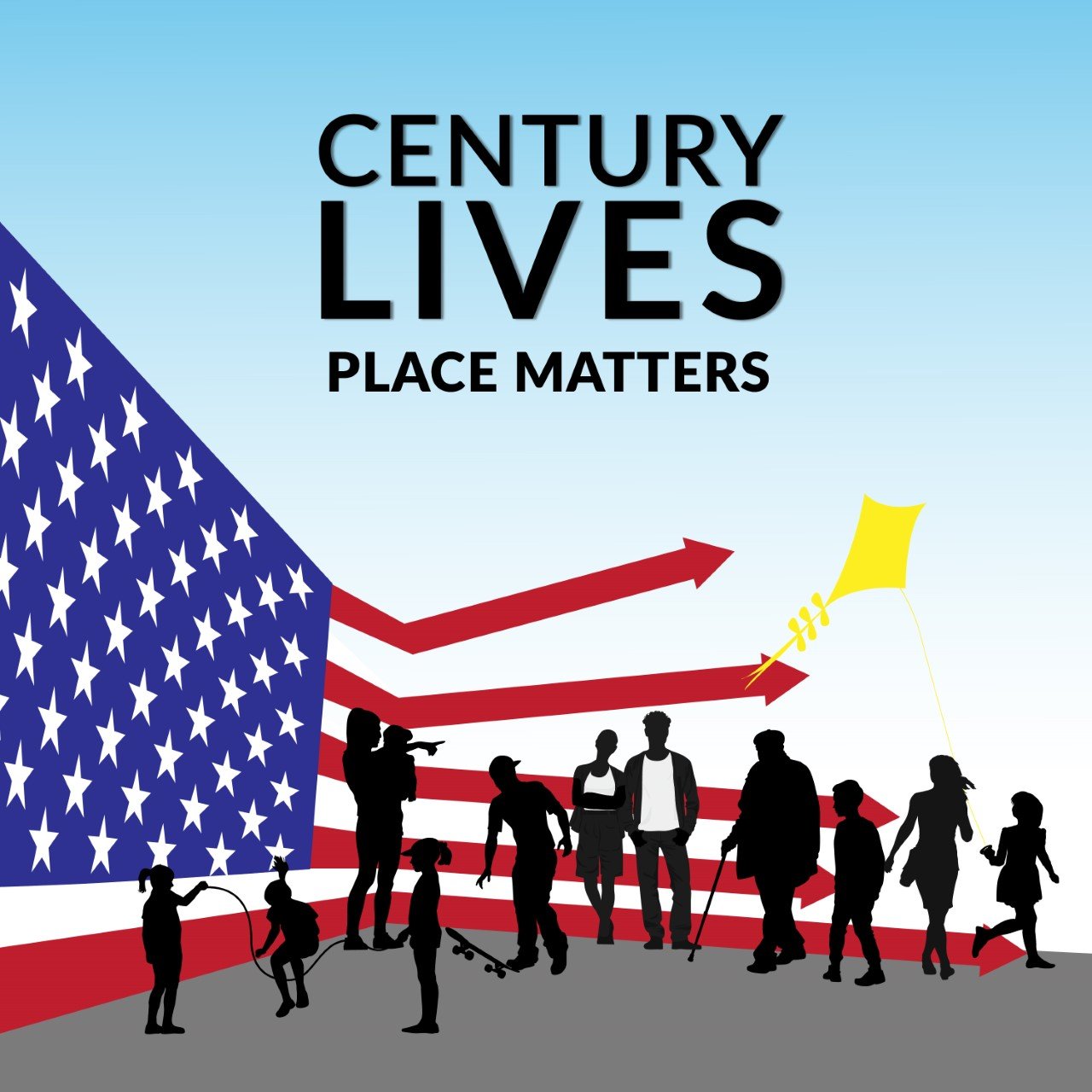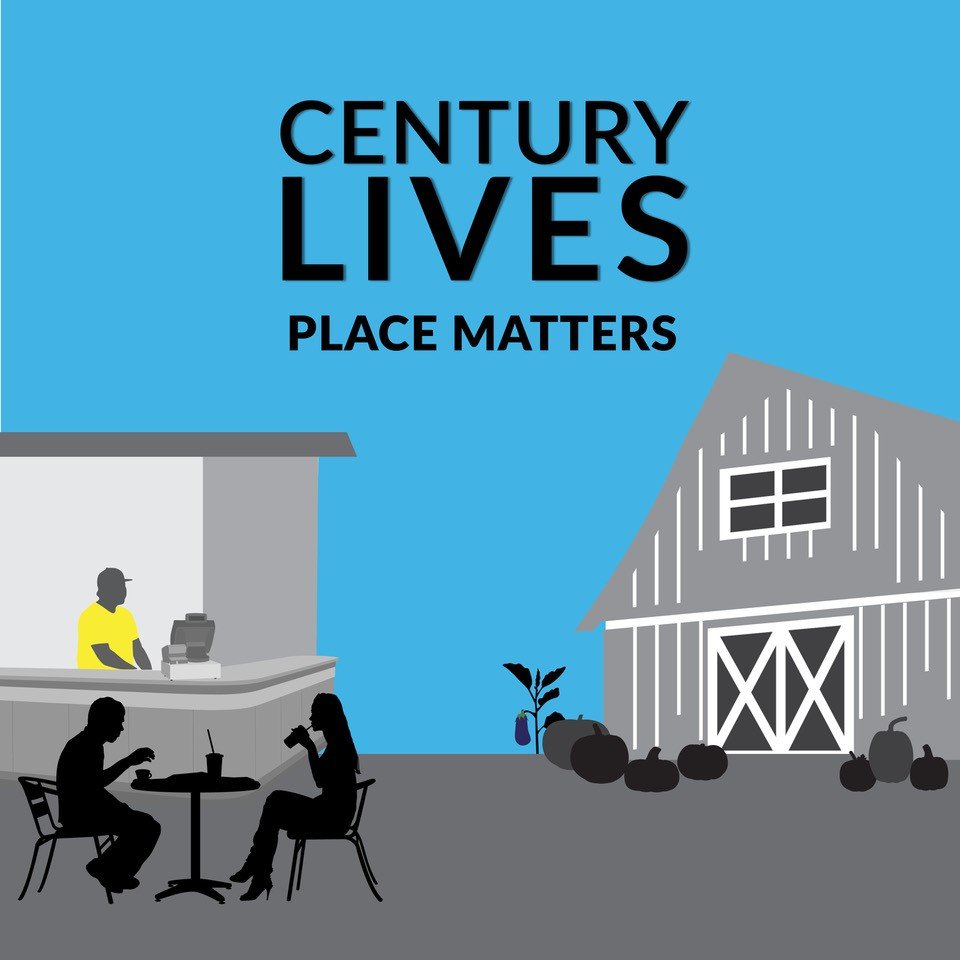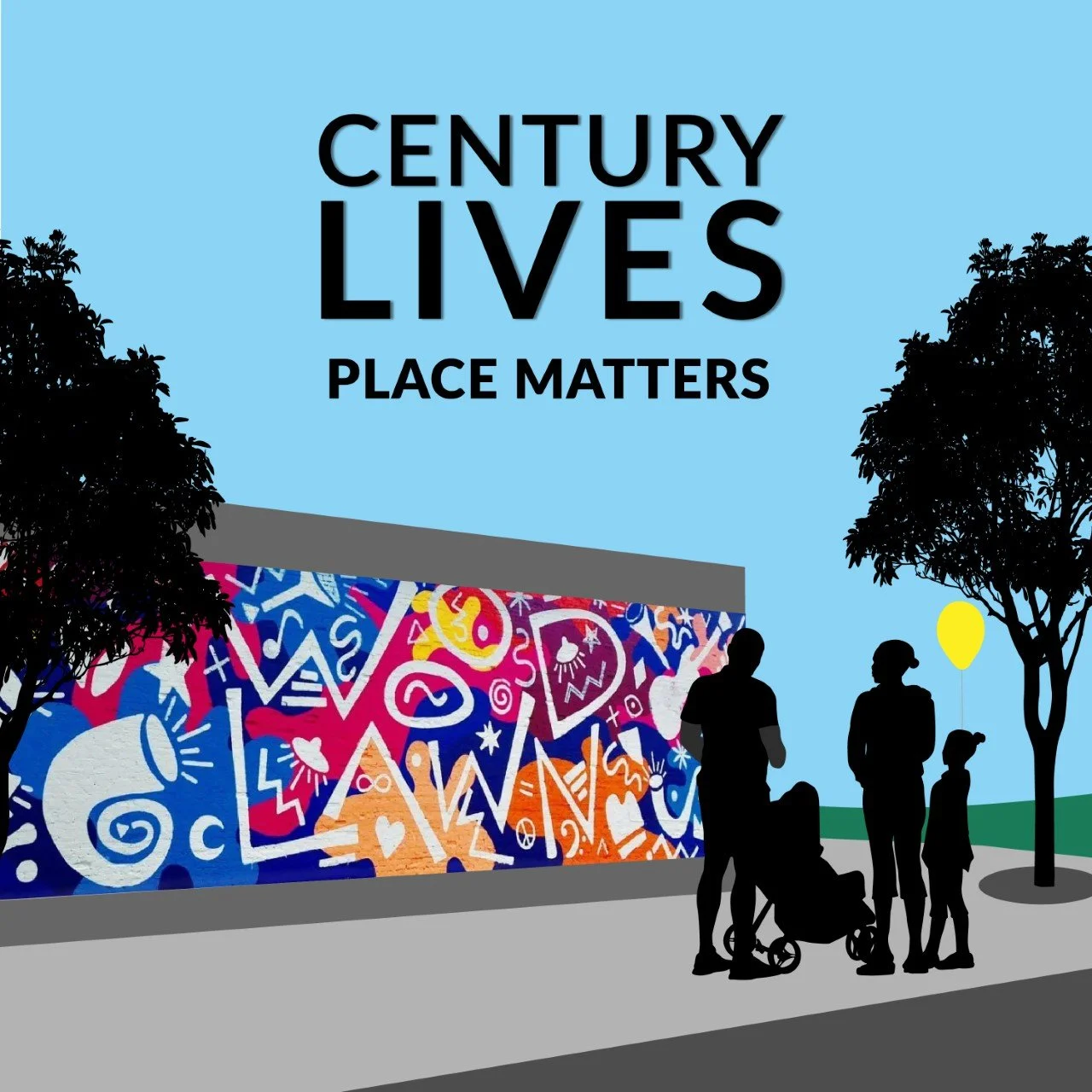Century Lives: Place Matters
If there's one thing we know about life expectancy in the US, it's that wealthy communities have long life expectancies and poor communities have short life expectancies.
That is true even down to the neighborhood level, where in some cities life expectancy can differ by as much as 30 years between neighborhoods just a few miles apart. The connection between wealthy communities and health is virtually ironclad, but researchers have found much greater variability among poorer areas where some communities far exceed their peers in terms of health outcomes and length of life. Experts will tell you that “place matters"—but they can’t tell you exactly why.
In Season 3 of Century Lives, we hit the road, traveling from West Texas to the Bronx, visiting poor and working-class communities that punch above their weight when it comes to healthy aging and life expectancy. In some ways, the communities have little in common–they are urban and rural; Black, White, and Latino–but they share attributes that have produced longer life and better health. Join us to learn the stories and secrets of these communities and what it means for making the gift of longer life more equitable and more widely available.
Episodes
Episode 1: Presidio, Texas.
In Episode 1 of Century Lives: Place Matters, we visit Presidio County, Texas. It’s one of the poorest places in America and one of the top ten longest-lived counties in the nation. We explore the extraordinary story of Presidio, and how the community flourishes despite its poverty and distance from health care—and what the rest of us can learn from its longevity.
Episode 2: American Exceptionalism.
In Episode 2 of Century Lives: Place Matters, we explore the recent history of life expectancy in America. The United States is exceptional, and not in a good way: we are one of the wealthiest nations in the world, but our life spans lag far behind our economic-peer nations. In “American Exceptionalism,” we consider reasons that life spans in the U.S. aren’t as long as they could be—and consider ways we can all live longer.
Episode 3: Co-op City. What could housing possibly have to do with life expectancy? Quite a bit, actually. In Episode 3 of Century Lives: Place Matters, we travel to the Bronx, the least healthy county in New York. But an affordable, working class community there called Co-op City has among the highest life expectancies in the entire city. Co-op City is also the nation’s biggest NORC, or naturally occurring retirement community. Join us as we explore the connections between affordable housing and health and investigate why the residents of Co-op City continue to stay there, even as they age.
Episode 4: Wayne County, Kentucky. Do the ladies of the Quilt Guild, the short order cooks at the City Pool Hall, and “Pumpkin Joe” hold the secrets to longer life? In episode 4 of Century Lives: Place Matters, we travel to Eastern Kentucky: a region marked by drug use, job loss, and life expectancy decline. But these folks live in Wayne County, a bright spot where life expectancy exceeds that of neighboring counties by four years. In this episode, we investigate the role of weak ties and social cohesion in community health.
Episode 5: Birmingham, Alabama. In our last two episodes of the season, we explore the challenges of concentrated urban poverty, and the depressive effects it has on health and life expectancy. And we examine two different approaches that might remedy it. In episode 5, we tell a story about staying. We visit Woodlawn, a neighborhood in Birmingham, Alabama, that is literally on the wrong side of the tracks. We learn how health improves when a community that long suffered from disinvestment comes together to rebuild from within.
Episode 6: Moving to Opportunity. In our last two episodes of the season, we explore the challenges of concentrated urban poverty—and the depressive effects it has on health and life expectancy. And we examine two different approaches that might remedy it. In Episode 6: a story about going. We reexamine Moving to Opportunity: a grand 1990s public housing experiment intended to improve the incomes of public housing residents. That didn’t work, and the program was initially seen as a failure. But alongside the negative results, a positive and unexpected finding emerged, with a lesson about the surprising impact of neighborhood on health and longevity.
All episodes are out now!
Click the button below to learn more.






